
All categories
Featured selections
Trade Assurance
Buyer Central
Help Center
Get the app
Become a supplier

(16091 products available)
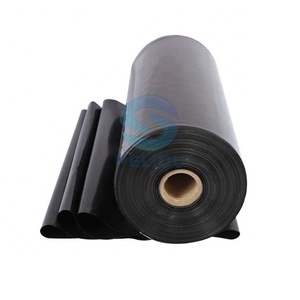
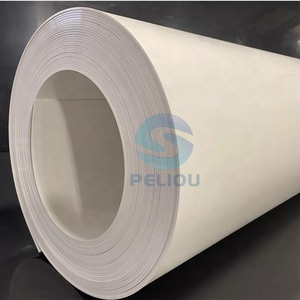
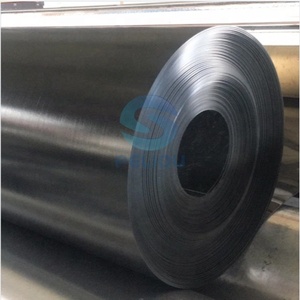

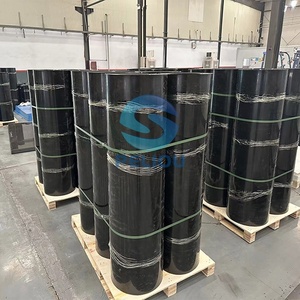
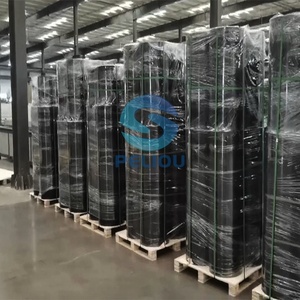































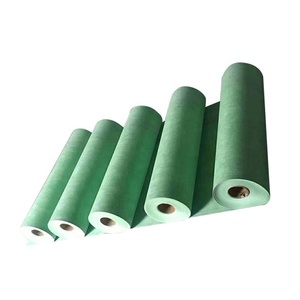
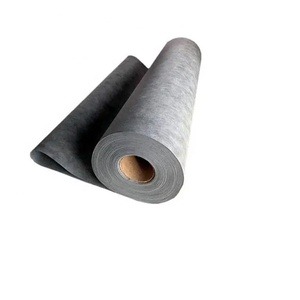














pp pe composite refers to polypropylene, a widely used thermoplastic polymer known for its versatility and durability. It is a crucial material in the rubber and plastics industry, especially in the realm of plastic raw materials. Polypropylene is synthesized from propylene monomers and is recognized for its ability to be molded into various forms, making it ideal for a multitude of applications. Its lightweight nature coupled with resistance to chemical solvents, acids, and bases, makes pp pe composite a preferred choice for manufacturers across various sectors, including automotive, packaging, textiles, and consumer goods. As industries continue to innovate and seek sustainable solutions, polypropylene remains at the forefront, adapting to new demands and technologies.
Polypropylene comes in several types and variants, each tailored to specific applications. The most common forms include homopolymer and copolymer polypropylene. Homopolymer polypropylene is characterized by its high strength and is typically used in applications requiring durability, such as automotive parts and industrial containers. Copolymer polypropylene, on the other hand, offers enhanced impact resistance and flexibility, making it suitable for applications like packaging and textiles. Additionally, there are blends and composites where pp pe composite is combined with other materials to achieve desired properties, such as increased thermal resistance or improved aesthetics. These variants offer manufacturers the ability to select the perfect material for their specific needs, ensuring optimal performance and efficiency.
The functionalities and features of pp pe composite make it indispensable in various industries. Its high melting point allows it to withstand higher temperatures, making it suitable for applications involving heat exposure. Polypropylene's resistance to moisture and chemicals ensures longevity and durability in products ranging from automotive components to household goods. Additionally, its lightweight nature contributes to reduced transportation costs and ease of handling. The recyclability of pp pe composite aligns with growing environmental concerns, as it can be repurposed into new products, reducing waste and resource consumption. Furthermore, advancements in additives and processing techniques have expanded the capabilities of polypropylene, allowing for the production of more complex and high-performance materials.
Polypropylene is primarily composed of propylene monomers, which are polymerized through a process known as chain-growth polymerization. The polymerization results in a thermoplastic polymer that is both strong and flexible. Additives play a crucial role in modifying the properties of pp pe composite, enhancing its performance for specific applications. Common additives include stabilizers, fillers, and colorants. Stabilizers are used to improve the material's resistance to environmental factors such as UV radiation and oxidation. Fillers can enhance mechanical properties and reduce production costs, while colorants allow for aesthetic customization. The composition of polypropylene can be tailored to meet precise requirements, making it a versatile and adaptable material in the manufacturing sector.
To maximize the benefits of pp pe composite, it's essential to understand its capabilities and limitations. When selecting polypropylene products, consider the specific requirements of the application, such as strength, flexibility, and resistance. Ensure that the material is suitable for the environment it will be used in, particularly regarding temperature and chemical exposure. Proper processing and handling are crucial to maintaining the integrity of polypropylene products, as mishandling can lead to defects and reduced performance. In recycling and sustainability efforts, polypropylene offers opportunities for reuse and repurposing, contributing to a circular economy. Educating users on recycling practices and encouraging the adoption of products made from recycled pp pe composite can significantly impact environmental conservation efforts.
Choosing the right pp pe composite for industrial applications involves understanding the specific requirements of your project. Polypropylene is widely used due to its versatility and adaptability, but selecting the right variant is crucial. Consider factors such as tensile strength, thermal stability, and chemical resistance when evaluating different polypropylene options. Homopolymer polypropylene offers high strength and rigidity, making it suitable for applications demanding durability. On the other hand, copolymer polypropylene provides enhanced impact resistance and flexibility, which are ideal for products exposed to dynamic environments. Understanding these characteristics will help in selecting the most appropriate pp pe composite for your needs.
When integrating pp pe composite into manufacturing processes, several considerations must be taken into account. These include the material's processing temperature, moldability, and compatibility with other materials. Polypropylene's high melting point allows it to be used in applications involving heat exposure, but it requires careful temperature control during processing to maintain its structural integrity. Additionally, the ease of molding and shaping polypropylene makes it suitable for complex designs, but it's important to ensure compatibility with additives and fillers to achieve desired properties. Properly understanding these aspects will enhance the efficiency and quality of products made using pp pe composite.
Polypropylene offers several benefits in automotive applications, such as lightweight construction, chemical resistance, and durability. These properties make pp pe composite an excellent choice for components like bumpers, dashboards, and interior panels, contributing to overall vehicle efficiency and performance.
pp pe composite contributes to sustainability through its recyclability and potential for reuse. It can be repurposed into new products, reducing waste and conserving resources. Innovations in recycling techniques further enhance the environmental benefits of polypropylene.
While pp pe composite is ideal for packaging due to its durability and moisture resistance, challenges such as brittleness at low temperatures and UV sensitivity can arise. Selecting the right additives and processing methods can help mitigate these issues, ensuring optimal performance.
Yes, pp pe composite is frequently used in medical applications due to its chemical resistance and sterilizability. It is commonly found in syringes, surgical trays, and other medical devices. However, careful consideration of biocompatibility and sterilization methods is essential.
The cost of products made from pp pe composite is influenced by factors such as material grade, additives used, and processing techniques. Higher-grade polypropylene with specialized additives may increase costs, but they also enhance performance and durability.